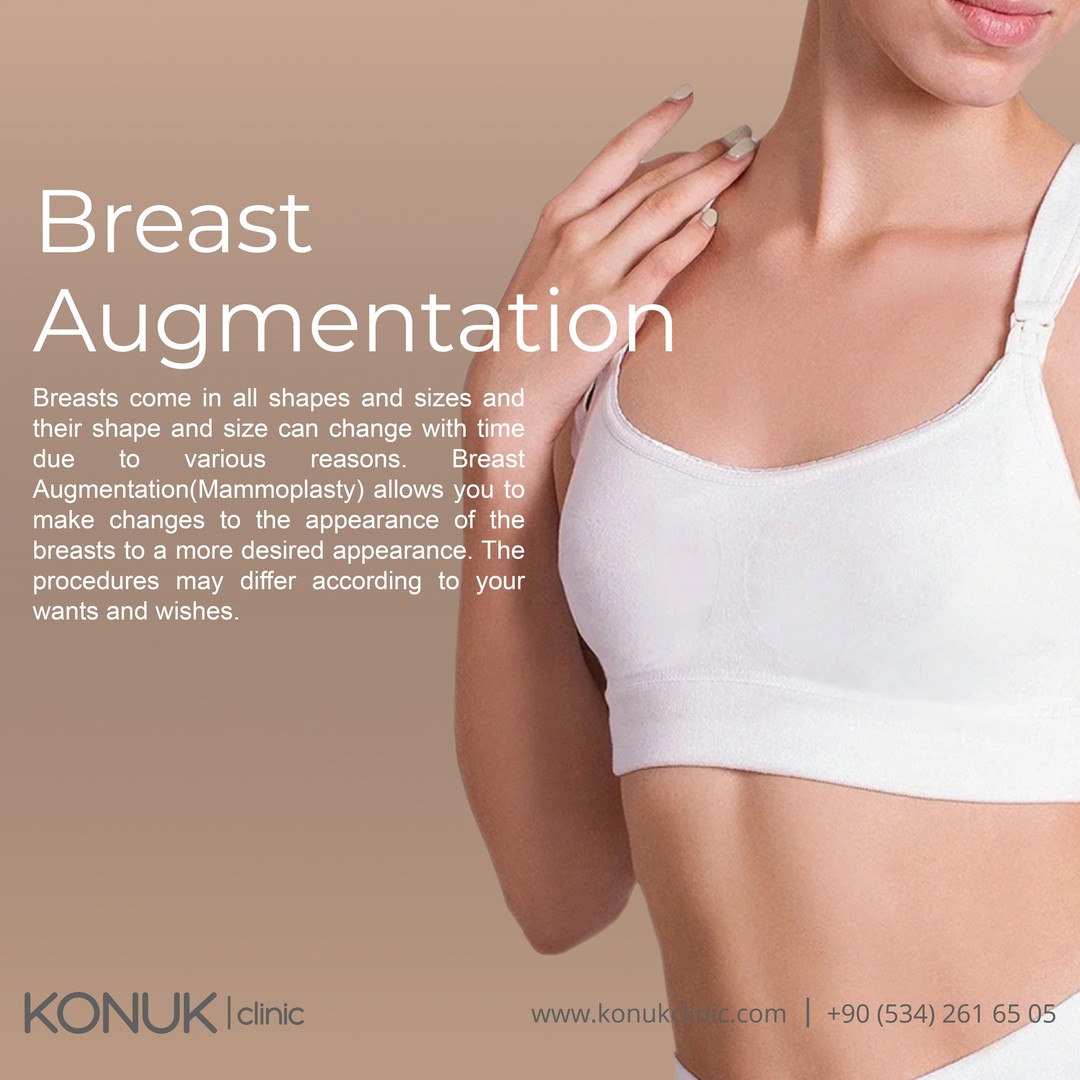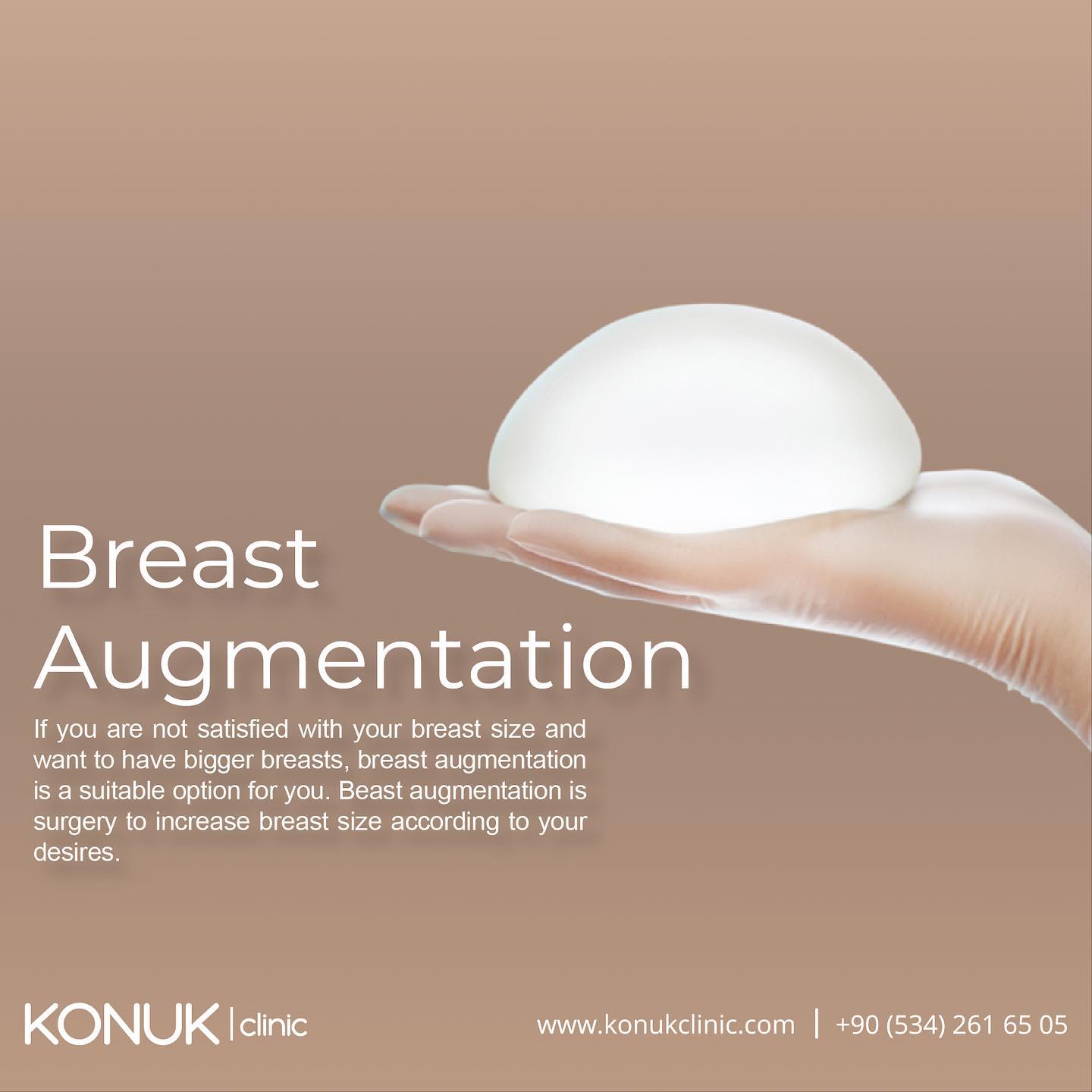Understanding Breast Augmentation Options
- Fat Transfer vs. Implants: Fat transfer breast augmentation uses your body fat, offering a natural look and feel, while implants, such as the increasingly popular 'gummy bear' implants, provide a more defined shape and size.
- Types of Implants: Discuss the various types of implants, including saline, silicone, and gummy bear, highlighting their unique characteristics and suitability for different body types.
The Breast Augmentation Procedure:
- Preparation: Outlining steps to prepare for surgery, including consultations and health evaluations.
- The Surgery Experience: Detail the process of breast augmentation surgery, whether it's implant placement or fat transfer.

Costs and Financing Options
- Understanding the Costs: Provide a breakdown of breast augmentation costs, including surgery, anesthesia, and additional fees.
- Financing Options: Explore available financing options, helping readers plan their financial approach to the procedure.
Recovery and Aftercare:
- Immediate Recovery: Discuss the initial recovery phase, including expected symptoms and care tips.
- Recovery Week by Week: Offer a timeline for recovery, giving readers a detailed view of the healing process.
- Long-Term Care and Maintenance: Tips on maintaining the results, including addressing potential breast augmentation illness.
Longevity and Considerations for Future Procedures
- Durability of Results: Explore how long breast augmentation results typically last and factors that influence this.
- Revision and Removal: Information on breast augmentation removal or revision, including reasons and expectations.
Understanding Risks and Scars:
- Potential Risks: Cover the risks associated with breast augmentation, including surgical risks and breast augmentation illness.
- Scarring and Minimization: Discuss scarring post-surgery and tips to minimize and care for scars.
Breast augmentation offers transformative possibilities, but it's crucial to make an informed decision. Understanding the procedure, recovery, costs, and potential risks ensures that you embark on this journey with clarity and confidence.
https://konukclinic.com/service/breast-augmentation
Cost and Financing of Breast Augmentation
Understanding the Financial Aspects of Breast Augmentation
Breast augmentation, whether for cosmetic enhancement or reconstructive purposes, represents a significant financial commitment. The cost of breast augmentation can vary widely based on several factors, including the type of implants used (silicone, saline, or gummy bear implants), the surgeon's expertise, and the geographical location of the clinic.
-
Cost Breakdown: The overall expense typically includes the surgeon's fee, anesthesia charges, operating room costs, and the price of the implants themselves. Additional expenses might include pre-surgery medical tests and post-surgery garments.
-
Average Costs: While specific prices vary, breast augmentation generally ranges from a few thousand to several thousand dollars. It's crucial to get a detailed quote from your chosen clinic for a more accurate estimate.
-
Financing Options: Many clinics offer financing plans to make the procedure more accessible. These plans can spread the cost over a period, making it manageable within a budget.
-
Evaluating the Investment: When considering breast augmentation, think of it not just in terms of monetary cost but also the value it brings in terms of confidence and satisfaction with one’s body image.
-
Consultation is Key: A consultation with a qualified plastic surgeon can provide a more personalized estimate and information about the financial aspects of the procedure.
Remember, choosing a surgeon based solely on price can compromise the quality of results. It's vital to balance cost considerations with the surgeon's expertise and the clinic's reputation.
Safety and Risks of Breast Augmentation
Navigating the Safety and Risks Associated with Breast Augmentation
The decision to undergo breast augmentation should include a thorough understanding of the potential risks and safety concerns. Modern advancements have made breast augmentation safer, but like any surgical procedure, it carries certain risks.
- Implant Safety: Various types of implants, such as saline, silicone, and gummy bear, have been rigorously tested for safety. However, understanding the specific risks associated with each type is important.
- Potential Complications: Risks include infection, implant rupture, capsular contracture (scar tissue around the implant), and changes in nipple or breast sensation.
- Breast Implant Illness (BII): Some patients report systemic symptoms, which they attribute to their breast implants. While research is ongoing, it's crucial to discuss these concerns with your surgeon.
- Long-Term Considerations: Implants may not be lifetime devices. Future surgeries for replacement or removal might be necessary.
- Informed Decision: Ensure you are fully informed about all potential risks and safety measures. Discuss extensively with your surgeon and consider obtaining a second opinion if necessary.
Safety in breast augmentation largely depends on the surgeon's skill and adherence to surgical best practices. Choosing a board-certified plastic surgeon with extensive experience in breast augmentation is vital.

Procedure and Recovery of Breast Augmentation
Exploring the Procedure and Recovery Process in Breast Augmentation
Breast augmentation surgery has evolved significantly, offering various options and a recovery process that is more manageable than ever before. Understanding the procedure and what to expect during recovery is crucial for a positive outcome.
-
The Procedure: Breast augmentation involves placing implants either above or below the pectoral muscle. The method of insertion and positioning depends on the type of implant, the degree of enlargement desired, the patient's body type, and surgeon recommendations.
-
Recovery Timeline: Initial recovery typically takes 1-2 weeks. Patients might experience swelling and discomfort, which gradually subsides. Full recovery can take several weeks, during which strenuous activities should be avoided.
-
Post-Operative Care: Follow your surgeon’s guidelines on caring for your incisions, managing pain, and when to resume normal activities. Wearing a supportive bra and attending follow-up appointments are essential.
-
Long-Term Results: It’s important to understand that implants might require replacement or revision over time. Regular check-ups are crucial for monitoring implant condition.
-
Pain Management: Pain during recovery varies from person to person but is generally manageable with prescribed medication.
Proper preparation and following post-operative instructions are key to a successful recovery from breast augmentation surgery.
Insurance and Coverage for Breast Augmentation
Insurance Coverage and Breast Augmentation: What You Need to Know
One common question regarding breast augmentation is whether it can be covered by insurance. Generally, breast augmentation is considered a cosmetic procedure and is not typically covered by health insurance.
- Cosmetic vs. Reconstructive: If the surgery is purely for cosmetic reasons, it's unlikely to be covered. However, in cases where breast augmentation is part of reconstruction after mastectomy or injury, insurance coverage might be possible.
- Documentation and Approval: For cases that may qualify for insurance, thorough documentation and a pre-authorization process are necessary. This typically involves proving the medical necessity of the procedure.
- Insurance Policies: It's important to review your insurance policy's terms and conditions regarding plastic surgery. Some policies may have specific clauses related to breast augmentation.
- Consult with Insurers: Directly consulting with your insurance provider can give you a clearer understanding of what is and isn’t covered in your policy.
- Asymmetry and Other Conditions: In some cases, procedures to correct significant asymmetry or other medical conditions might be partially covered.
Ultimately, the relationship between breast augmentation and insurance is complex, and coverage largely depends on individual circumstances and specific insurance policies.
Miscellaneous Queries on Breast Augmentation
Addressing Diverse Questions on Breast Augmentation
Breast augmentation is a topic with many facets, leading to a wide array of questions from potential patients. Here, we address some of the more unique and specific queries that people often have.
- Breast Implants Discussions on Online Platforms: Platforms like Reddit are rich with personal stories and experiences regarding breast implants. These discussions can offer insights into real patient experiences, though it's important to remember that each case is unique.
- Candidacy for Breast Augmentation: Not everyone is an ideal candidate for breast augmentation. Those with certain health conditions, unrealistic expectations, or who are under a certain age may not be suitable candidates. A thorough consultation with a plastic surgeon is necessary to determine eligibility.
- History of Breast Augmentation: The concept of breast augmentation has been around for over a century, with the first known implant procedure taking place in the early 1900s. The techniques and materials have evolved significantly since then, offering safer and more effective results.
- Types of Incisions in Breast Augmentation: There are several incision techniques used in breast augmentation, including inframammary (under the breast), periareolar (around the nipple), and transaxillary (under the arm). Each has its advantages and considerations, which should be discussed with your surgeon.
- Longevity of Fat Transfer in Breast Augmentation: Fat transfer breast augmentation, which uses a patient's own fat to enhance breast size, offers natural results. The longevity of these results can vary, and some of the transferred fat may be reabsorbed by the body over time.
- Recovery Pain and Discomfort: Pain and discomfort levels during recovery can vary from person to person. Most patients find the pain manageable with prescribed medications and report that discomfort decreases significantly after the first few days post-surgery.
- Breast Augmentation with Fat Transfer: This technique involves liposuction to remove fat from other parts of the body, which is then injected into the breasts. It's a less invasive option compared to implants and is ideal for those seeking a moderate increase in breast size with a more natural look.
Each of these topics sheds light on different aspects of breast augmentation, helping individuals gather a well-rounded understanding of the procedure. These insights are crucial for anyone considering breast augmentation to make an informed decision.